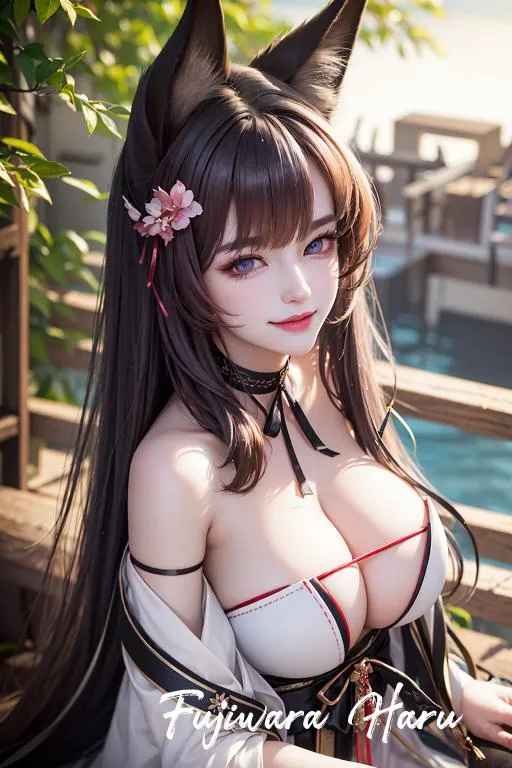Microsoft's original Xbox was one of the first consoles to support HD resolutions way back in 2001. Although roughly only 5% of its original library supported more than the console's standard 640x480p or 720x480p output, games like Soul Calibur II (up to 1280x720p) and Enter the Matrix (up to 1920x1080i) showed off what a difference enhanced resolutions could make.
Besides requiring a compatible display, the only way to support the Xbox's HD output was with component (YPbPr) cables, an analog connection type rarely seen these days. EON aims to bring the original Xbox into the world of no-compromise digital HD with its XBHD, a plug-and-play attachment with a host of convenience features, including HDMI output.
Whether you have an original Xbox to play the roughly 46% of its games that aren't forward compatible on newer Xbox consoles, or you simply prefer a more authentic Xbox experience, the EON XBHD offers key enhancements.
EON XBHD – Design and Features
EON is known as the creators of premium, well-regarded HD adapters for popular legacy consoles like the Nintendo 64 and Nintendo GameCube. While EON's adapters do a tremendous job of making the output from those consoles look just about as good as possible on modern displays, it's arguable that a system like the Xbox can benefit even more since most of its games support either a higher resolution, progressive scan, or both, giving the adapter more information to work with when upscaling to HD.

The XBHD plugs into the video output and Ethernet ports on the back of the Xbox. It makes an already bulky console a bit bulkier by adding an extra 2.5 inches on the back of the system, but it's otherwise self-contained since it requires no external power. In any case, if you're going to add to the console's size, it's a good decision to make it something like the XBHD that adds the kinds of useful features it does.
At its core, the EON XBHD is a way to add clean HDMI output with minimal lag. Beyond that core functionality, you get three other major features.

The first feature is a second HDMI output, which can be used for streaming or any other use case where outputting to a secondary screen makes sense, such as head-to-head gaming where each player can have their own dedicated display.
The second feature is a 3.5mm audio jack that can support both analog output, such as headphones, as well as digital optical audio with Mini TOSLINK.

The third major feature is turning the Xbox's sole Ethernet port into three, making it easy to System Link four consoles for an old-school local LAN party without the need for a separate router. This is especially useful knowing System Link works even when interfacing with Xbox 360, Xbox One, and Xbox Series consoles running the same Xbox game.
EON XBHD – Setup and Performance
Setup is simple. After inserting the XBHD into the back of the Xbox, attach an HDMI cable to one of the two ports on the XBHD. Next, turn on the Xbox without a game, go to Settings, and then Video. Finally, in Video, select 480p and 720p. Now, each game will automatically select its best available output, up to 720p.

Note that selecting 1080i is not supported and arguably inferior to 720p on modern displays anyway. Fortunately, the seven original Xbox games that support 1080i also support 720p.
The best available connection prior to the XBHD's HDMI was component, with its separate green (Y), blue (Pb), and red (Pr) cables, as well as red and white audio connections. That's a lot of cable ends, but even with the use of a cheap cable, HD output over this connection looks great. As such, the XBHD needs to at least match this quality, if not necessarily exceed it, as this is not about adding video effects, but passing the signal as cleanly as possible to modern displays.
As can be seen in the comparison images with Amped 2 and Dragon's Lair 3D, which both output 1280x720p@60Hz, and Halo 2, which outputs 720x480p@60Hz, there's minimal difference between component output and the XBHD's HDMI output. Overall, you can notice a slightly sharper, but darker image with the XBHD versus a component cable, but it's difficult to identify any differences beyond that, which again, is not a bad thing.
If you're currently using a composite or S-Video cable with your Xbox, then the upgrade to the XBHD is an obvious one. You'll be able to unlock HD resolutions in the games that support it, as well as seamlessly output to modern displays.
Another differentiator for the XBHD is that EON promises lagless controller input over HDMI. Nothing I've experienced has me doubting that, but of course, that impression is also dependent upon the display's own latency.



